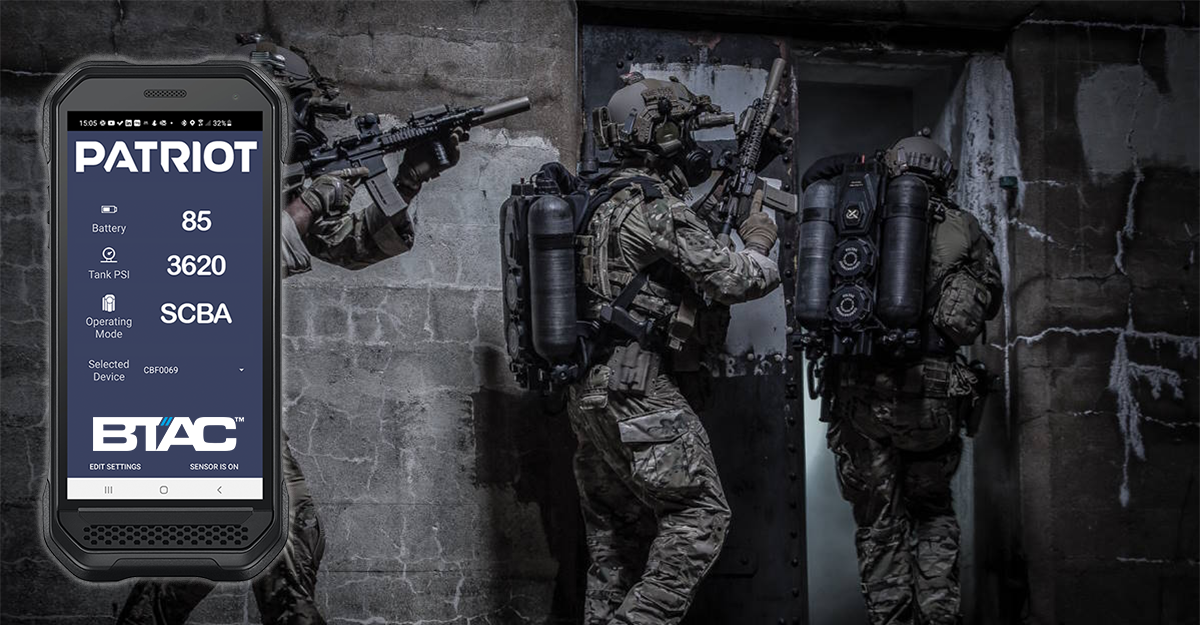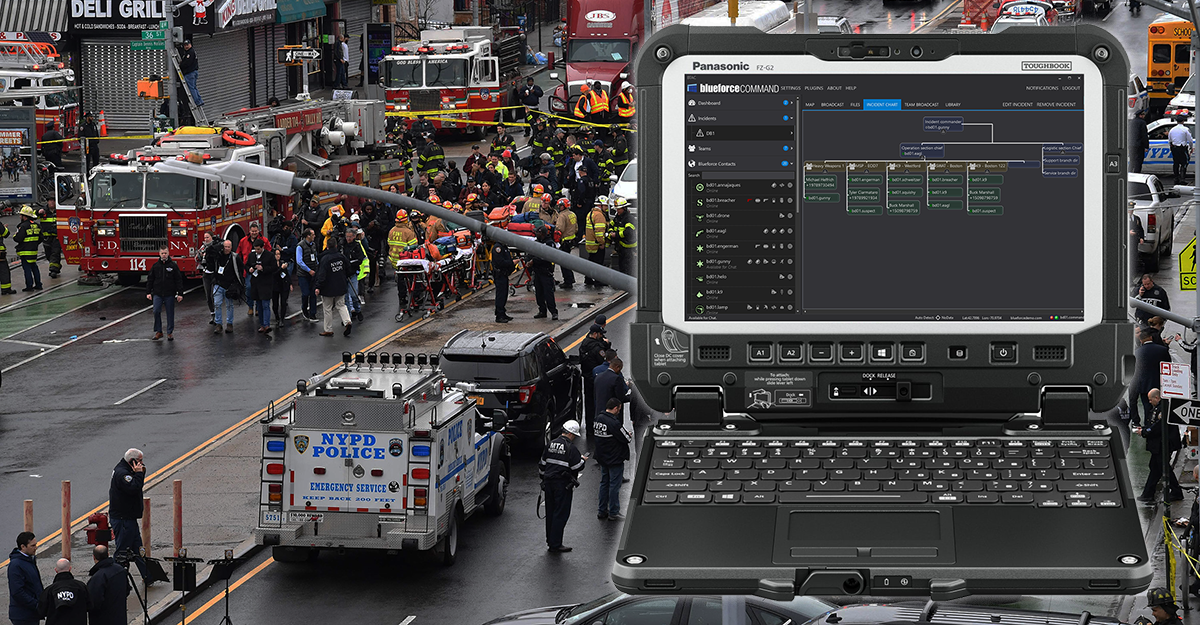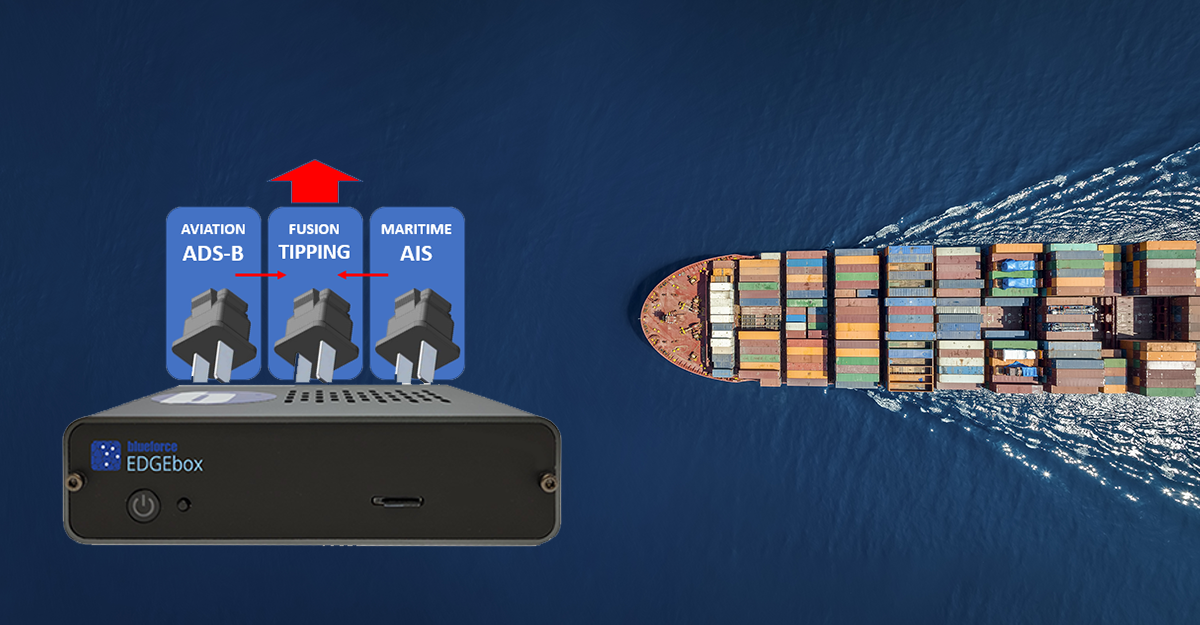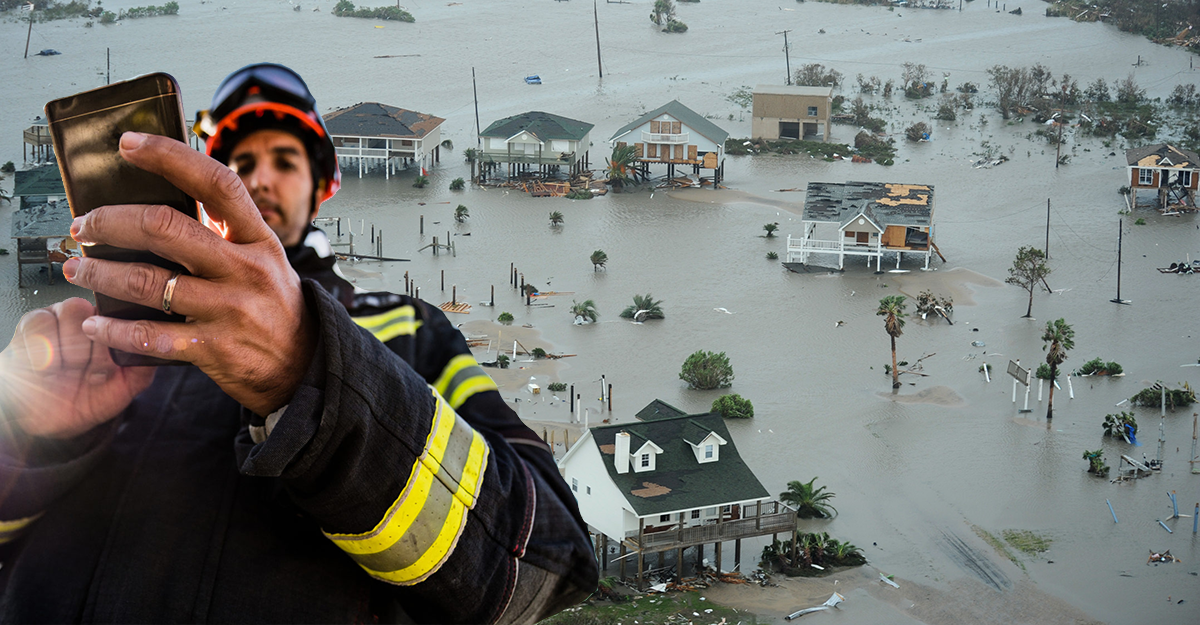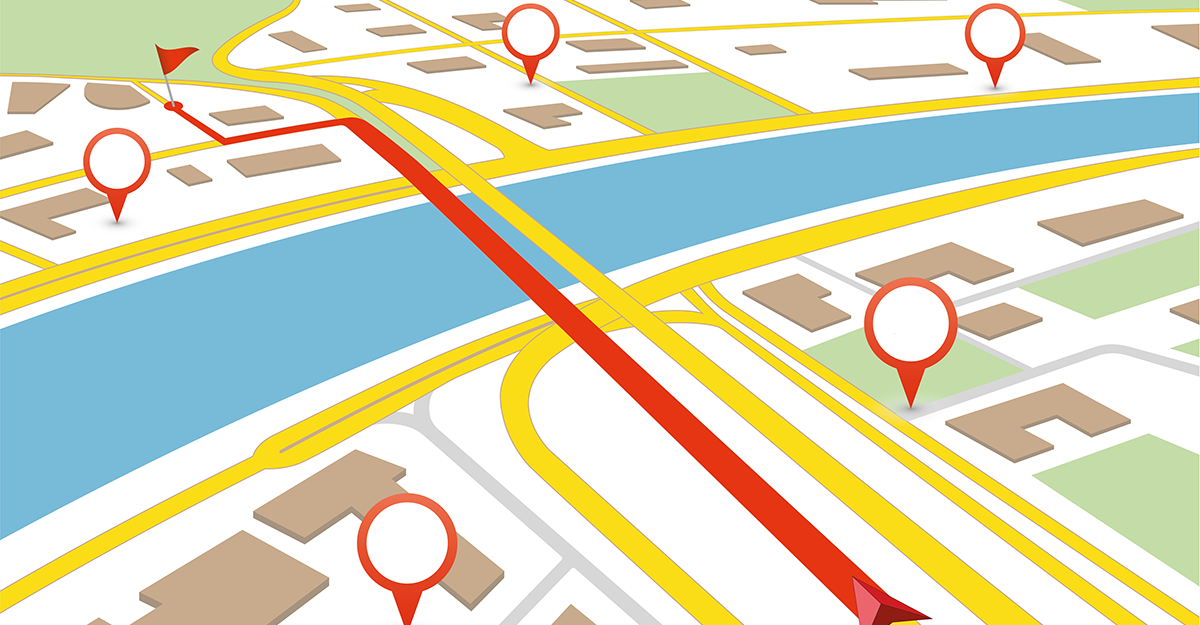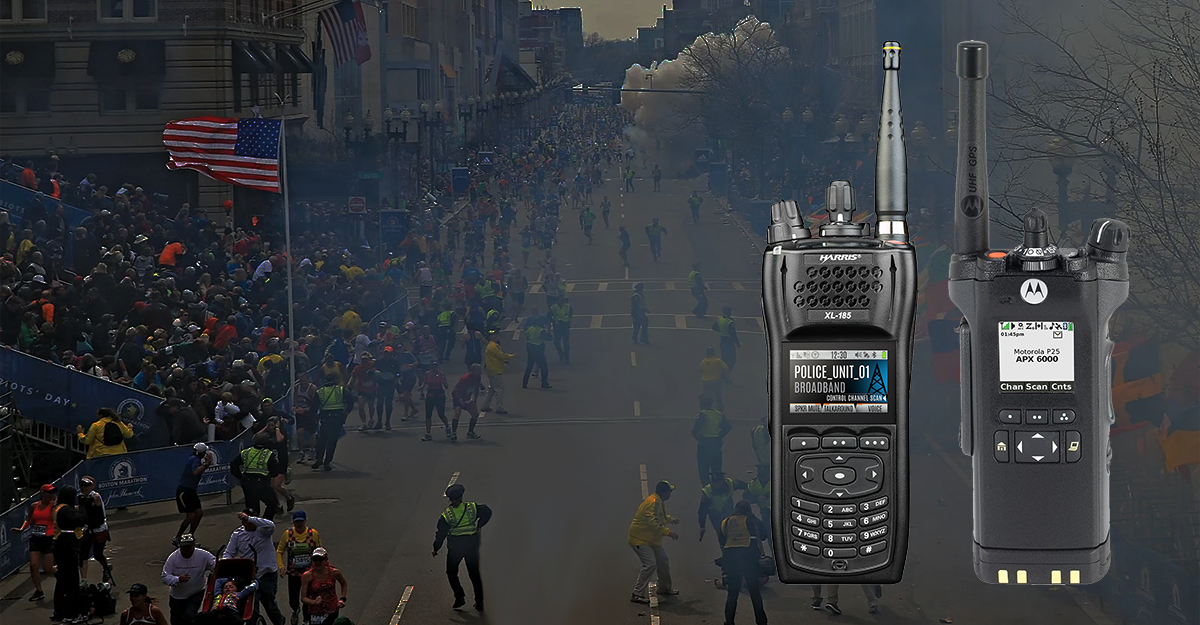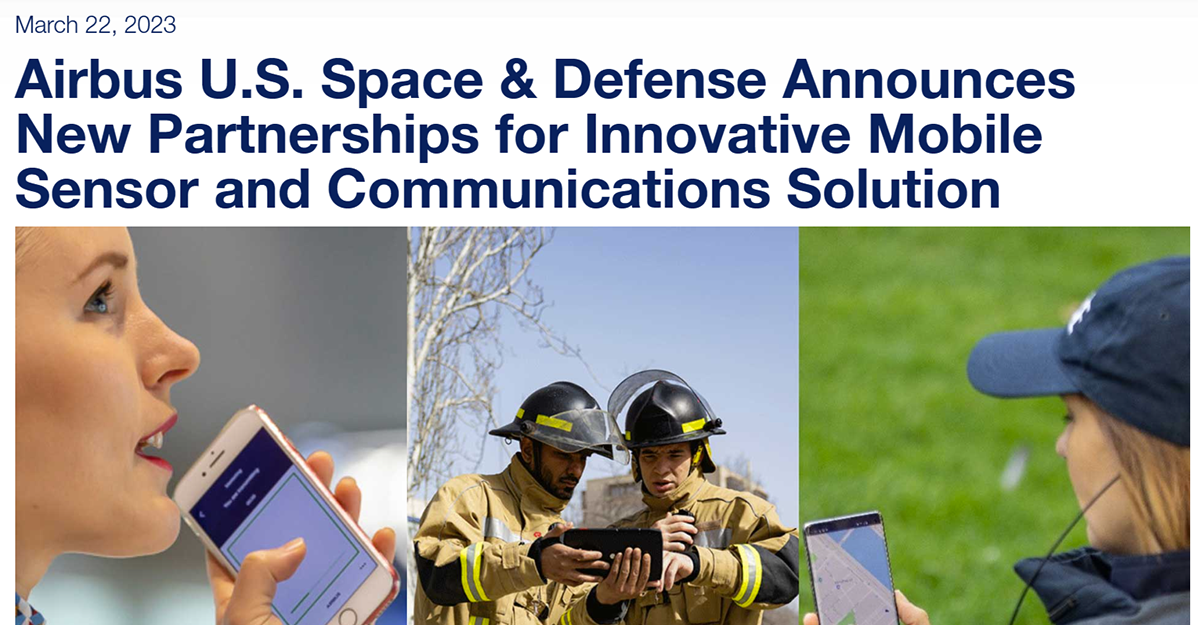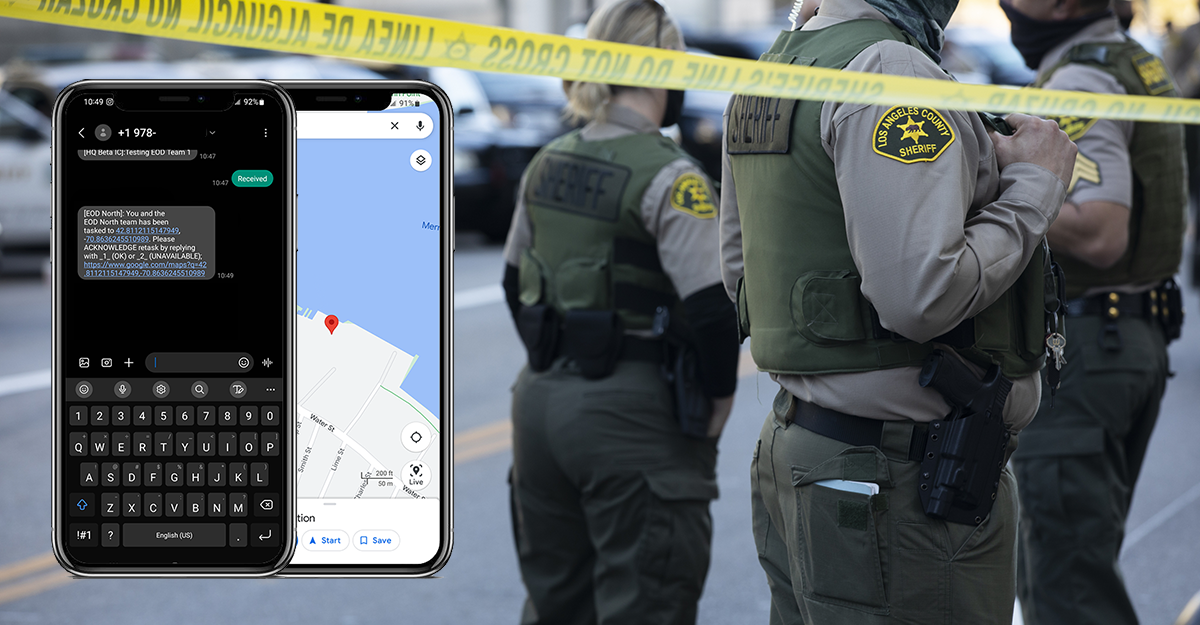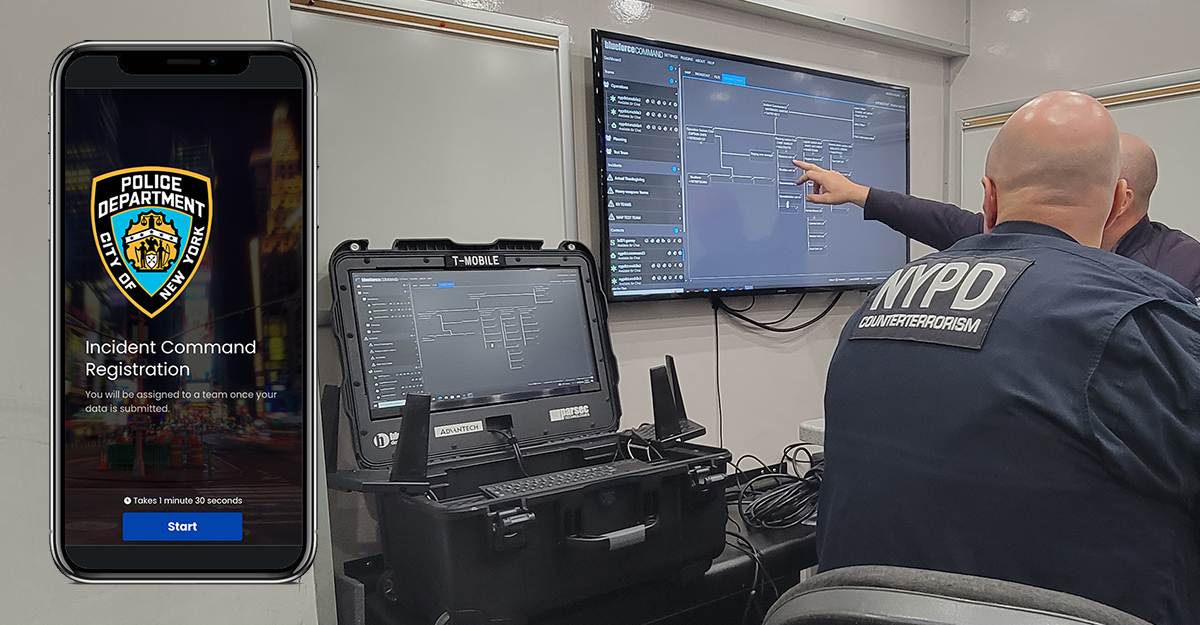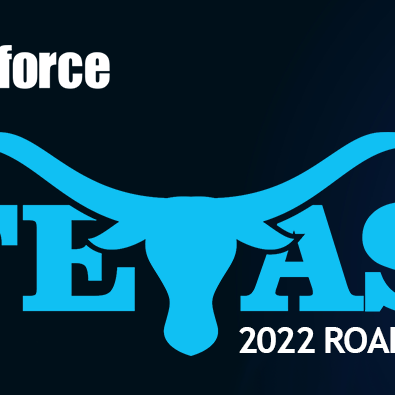CBRN Response and Mitigation that Saves Lives: The Hybrid PATRIOT 5510 from Wilcox
SOFWEEK 2024 EDITION: Imagine for a moment, that you are a 22-year-old going into harm's way. You are sent into a confined space where there is a potential of bumping into industrial gases, gamma rad, and even blister/nerve agent threats. Furthermore, you are expected to make precise decisions on response and mitigation. Any ground truth intelligence can impact your recommendations given the changing dynamics as...
Read More

